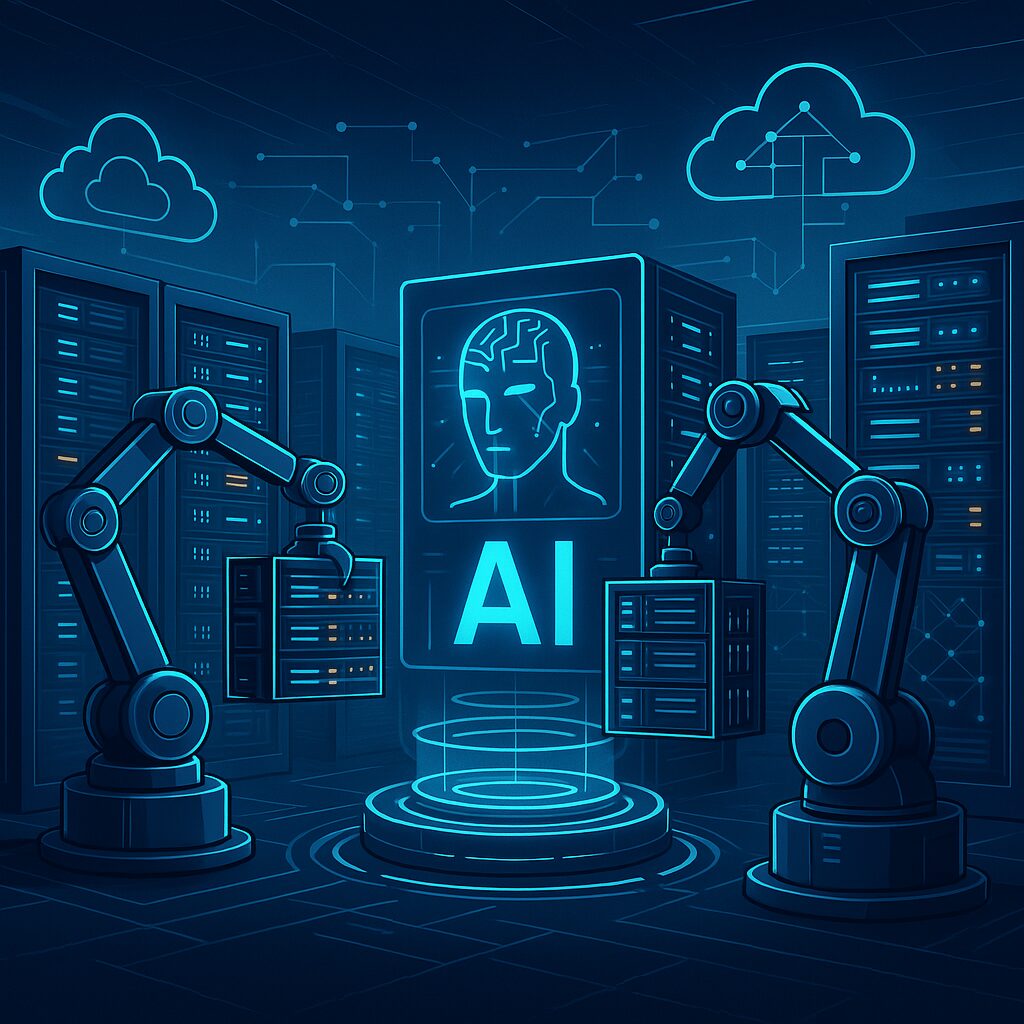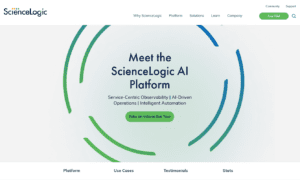As AI continues to integrate into the fabric of everyday business, from enterprise copilots to generative R&D accelerators, the race is on to optimize every layer of the tech stack. GPUs and model architectures tend to dominate the spotlight, but behind the scenes, another layer of infrastructure is quietly doing the heavy lifting: bare metal provisioning.
This unglamorous yet mission-critical foundation is undergoing a quiet revolution, led by engineers who focus not just on speed but also on intelligence, adaptability, and sustainability at scale.
One of those voices is Isan Sahoo, Senior IEEE Member and Distinguished Fellow at the Soft Computing Research Society (SCRS). With over a decade of experience designing backend systems for hyperscale AI platforms, Sahoo is sounding the alarm on how outdated provisioning methods are creating hidden costs and why it’s time to let AI manage the machines behind AI.
The Infrastructure Bottleneck No One Talks About
Ask most people about AI performance, and they’ll point to GPU horsepower, massive model architectures, or multi-node training clusters. But according to Isan Sahoo, the real drag on performance often starts long before the first tensor is calculated.
“If your infrastructure isn’t ready, if your bare metal provisioning isn’t fast, smart, and adaptive, you’re already losing ground,” he says.
Sahoo would know. He’s architected backend systems for some of the most demanding AI cloud environments, with a focus on control plane automation and resource efficiency. And he’s not shy about calling out a persistent flaw in the system: provisioning pipelines that treat every server the same, regardless of health or workload history.
“It’s like reinitializing a server from scratch every time, even when it’s perfectly healthy,” he explains. “Multiply that across thousands of machines, and you’re looking at massive, silent inefficiencies.”
In an industry chasing microsecond-level gains, this kind of waste isn’t only inconvenient, but also unsustainable.
From Scripts to Smarts: How AI Is Rewriting Infrastructure Logic
For decades, server provisioning has been stuck in a loop of rigid scripts, policy-based automation, and routine reboots, whether they’re needed or not. But that legacy mindset is no match for today’s hyperscale AI environments, where downtime isn’t just an inconvenience; it’s a threat to competitive velocity.
Enter AI-powered, context-aware orchestration a new paradigm that Isan Sahoo believes will define the next era of cloud infrastructure. Rather than blindly resetting every machine, intelligent provisioning evaluates conditions in real time, determining whether full re-provisioning is necessary or if a lightweight check will suffice.
“This is where AI comes in,” Sahoo explains. “By tapping into real-time telemetry and predictive models, we can make smarter decisions, detecting anomalies, anticipating hardware fatigue, and skipping unnecessary steps.”
The impact is far from incremental. Smarter provisioning can:
- Slash reimages times
- Reduce energy consumption
- Extend hardware life
- Speed up service readiness
These advantages are critical in AI-centric environments, where every minute of delay can throttle model iteration and business agility.
At Scale, Every Second Matters
In hyperscale fleets with hundreds of thousands of physical servers, shaving off just 30 minutes per node isn’t a technical curiosity; it’s a multimillion-dollar efficiency lever. Add in the energy savings and reduced hardware wear, and the case for intelligent orchestration becomes undeniable.
“These aren’t changes that grab headlines,” Sahoo says, “but they quietly redefine what operational excellence looks like. They make infrastructure readiness a competitive edge.”
As enterprise clients scale up their AI ambitions from billion-parameter models to bursty GPU clusters, cloud providers who can deliver faster, leaner provisioning stand to win big.
Building a Smarter, Greener Cloud
But for Sahoo, the implications stretch beyond speed and savings. He views intelligent provisioning as a foundational building block for a more sustainable and resilient cloud that responds in real-time to workload demands and environmental constraints.
“We need infrastructure that learns, not just reacts,” he says. “When AI starts managing AI infrastructure, we unlock a whole new level of efficiency and sustainability.”
That means ditching rigid policies in favor of self-healing orchestration engines, capable of adapting to context, predicting failure, and conserving resources without human intervention.
Rethinking the Foundations of AI
Bare metal provisioning doesn’t usually make headlines or keynote slides. But as Mr. Isan Sahoo points out, it’s precisely where the real innovation begins.
“Efficiency at scale isn’t just about speed,” he explains. “It’s about precision, making the right move at the right moment. That’s where AI shines.”
While the spotlight often falls on models and metrics, the real breakthroughs are happening behind the scenes in the infrastructure that quietly powers it all.



































